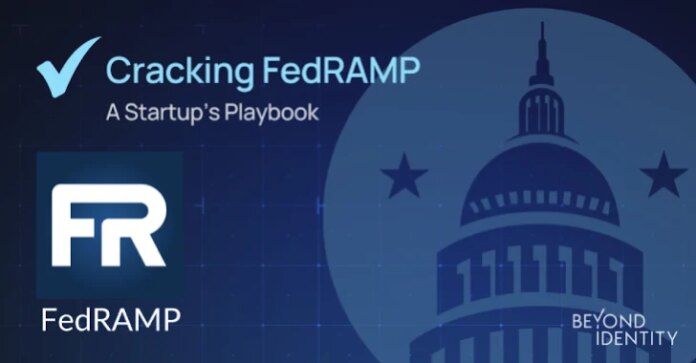Introduction to FedRAMP
For organizations looking to enter the federal market, FedRAMP can seem like a daunting and exclusive club. With its strict compliance requirements and lengthy authorization process, many companies assume that only large enterprises can navigate its complexities. However, this is not the case. With the right approach, fast-moving startups can achieve FedRAMP Moderate authorization without sacrificing product velocity.
Why FedRAMP Matters
Winning in the federal space starts with trust, and that trust begins with FedRAMP. Pursuing authorization is not just a compliance checkbox; it’s a company-wide shift that requires intentional strategy, deep security investment, and a willingness to adapt. FedRAMP is not just about meeting security standards; it’s about building a security-first mindset that scales.
Keys to a Successful FedRAMP Authorization
Achieving FedRAMP authorization requires a strategic approach. Here are the key factors to consider:
1. Align with NIST 800-53 from Day One
Startups that build their infrastructure with compliance in mind from the outset are more likely to succeed. Aligning with the NIST 800-53 Rev. 5 Moderate baseline as your internal security framework reduces rework, accelerates ATO prep, and fosters a security-first mindset. This approach also enables compliance with other security frameworks, making it a business enabler.
2. Build an Integrated Security Team
FedRAMP is a team effort that requires tight integration across various roles, including:
- Compliance-focused InfoSec leads
- Application security engineers
- DevSecOps teams
- Platform engineers
Cross-functional collaboration is essential for surviving the inevitable challenges that arise during the authorization process.
3. Mirror Your Commercial and Federal Architectures
Attempting to run a separate product for the federal market can lead to unnecessary complexity. Winning startups keep a single software release chain with identical configurations and infrastructure across both environments. This approach reduces technical drift, simplifies audits, and ensures engineers aren’t context-switching between two worlds.
4. Scrutinize the Business Case
FedRAMP is a significant investment that requires careful consideration. Before starting the process, validate the market opportunity, confirm executive sponsorship, and look for 10x return potential. This is not a growth experiment; it’s a long play that demands conviction.
5. Pick the Right Partners
Navigating FedRAMP alone is a losing strategy. Choose external vendors carefully, asking for customer references with successful FedRAMP delivery, watching for predatory pricing, and prioritizing collaboration and transparency.
6. Build Internal Muscle
No external vendor can replace internal readiness. You’ll need security architecture skills, ops maturity, strong program management, and team training to coordinate vendors, auditors, and internal stakeholders.
The Toughest Challenges
Every FedRAMP journey hits turbulence. Some of the hardest problems include:
- Interpreting FedRAMP Moderate controls without clear guidance
- Defining authorization boundaries across microservices and shared components
- Operationalizing DevSecOps gates that enforce security without stalling builds
- Choosing the right tools for SAST, DAST, SBOM, and SCA—and integrating them
These challenges can become critical blockers without careful planning.
Conclusion
Achieving FedRAMP at startup speed is possible, but only with ruthless prioritization, integrated security culture, and a deep understanding of what you’re signing up for. If you’re considering the journey, start small, move deliberately, and commit fully. The federal market rewards trust, but only for those who earn it. By following these guidelines and staying committed to the process, startups can navigate the complexities of FedRAMP and reap the benefits of entering the federal market.

